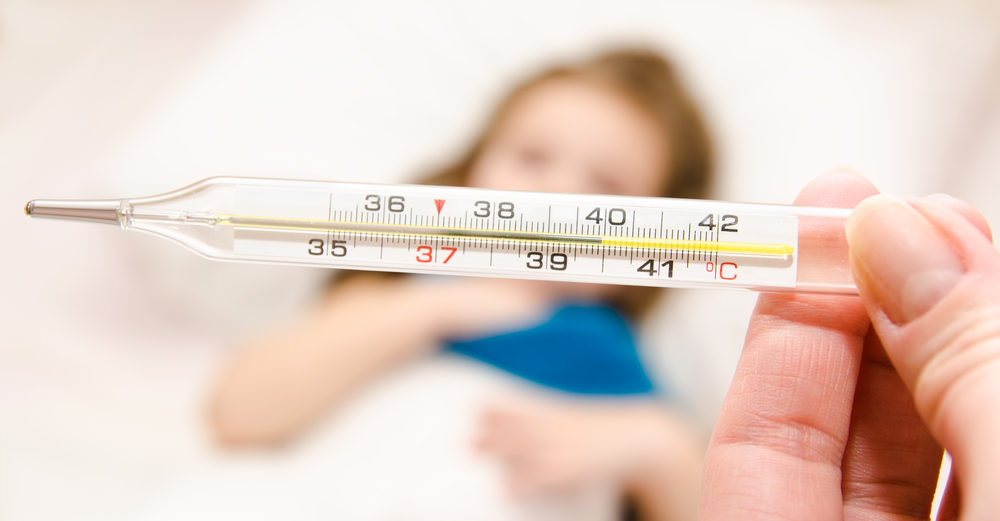Overuse of Animal Antibiotics Pose a Threat To Children, as Antibiotic Resistance Rises: Studies

Overuse of antibiotics in the food supply chain is contributing to a rise of antibiotic resistant bacteria, according to the findings of new research that suggests the nation’s young children may face serious health risks.
In a study published in the November issue of the medical journal Pediatrics, researchers indicate that non-therapeutic use of antibiotics in animals greatly contributes to the risk of antibiotic-resistant bacteria among humans.
More than two million Americans become ill with antibiotic-resistant infections every year, with most infections affecting children younger than 5 years old, the study warns. In 2013, more than 19,000 children were sickened by antibiotic-resistant infections; causing 4,000 hospitalizations and 80 deaths.

Did You Know?
Millions of Philips CPAP Machines Recalled
Philips DreamStation, CPAP and BiPAP machines sold in recent years may pose a risk of cancer, lung damage and other injuries.
Learn More“Antimicrobial resistance is one of the most serious threats to public health globally and threatens our ability to treat infectious diseases,” study authors said.
The study found that in 2012, 80% of the antibiotics sold in the U.S., a total of about 32 million pounds, were for animal use. Sixty percent of those antibiotics used on animals are considered important for human medicine.
The majority of animal antibiotic use involves giving healthy animals used in human food supply low doses of antibiotics over long periods of time to promote growth and increase feed efficiency. Only a small portion of animal antibiotics are used to prevent disease.
The new study reveals the overuse and misuse of antibiotics in animals has contributed to the development of antibiotic resistant bacteria. There are approximately 1.2 million salmonella infections in the U.S. each year, more than 100,000 of those are drug resistant. Nontyphoidal Salmonella is the leading cause of foodborne illness in children.
“Because of the link between antibiotic use in food-producing animals and the occurrence of antibiotic-resistant infections in humans, antibiotic agents should be used in food-producing animals only to treat and control infectious diseases and not to promote growth or to prevent disease routinely,” said study authors.
There are more than 1.3 million Campylobacter infections each year, 31,000 of those are antibiotic resistant, causing more than 81,000 childhood illnesses each year. Last year, the White house announced a plan to fight the deadly infections caused by antibiotic resistant bacteria and slow the spread of resistant bacteria.
A 2014 report commissioned by the British government warned antibiotic resistant infections may cause 10 million deaths every year, by the year 2050, unless drastic measures are taken to stop the growing risks.
Some researchers have pointed to the way doctors prescribe the drugs as part of the problem. Many doctors treat illnesses with several different types of antibiotics at the same time, according to one study.
Research has also suggested that aggressive use of antibiotics is often ineffective to treat the illness and contributes to the emergence of antibiotic resistant superbugs.
In a move to counter the problem, the FDA announced a voluntary plan to limit the use of antibiotics in livestock in 2013. The FDA concluded resistance among humans to antibiotics is the primary reason to limit the use of the drugs on food producing animals.
Lack of Education on Antibiotics
A new World Health Organization survey in 12 countries revealed many people are unclear about the facts on antibiotic-resistant bacteria.
Two-thirds of people surveyed said they knew antibiotic-resistance is a problem, yet 64% believe antibiotics can treat colds and the flu, despite antibiotics having no effect on viral infections.
One-third of people said they believed a person should stop taking antibiotics when they start to feel better, instead of completing the prescription as recommended by doctors. The survey is part of a WHO campaign, “Antibiotics: Handle with Care”, a global initiative to improve understanding of the problem and change the way antibiotics are used.
The survey also revealed 66% of people think they are not at risk of antibiotic-resistant infections if they take their antibiotics as directed. Forty-four percent of people think it is only a problem for those who take antibiotics regularly, despite research showing this is a growing problem that puts everyone at risk.
Recent efforts to reduce instances of hospital-acquired Methicillin-resistant Staphylococcus aureus (MRSA) seem to be effective in decreasing the prevalence of the MRSA superbug. Yet, the pathogen has become highly prevalent in meat and poultry in the U.S.
A sample from five U.S. cities found MRSA contamination in 77% of turkey and 41% of chicken. More frighteningly, 96 percent of MRSA isolates are resistant to at least one class of antibiotics, many are resistant to other classes.
“Antibiotic resistance is compromising our ability to treat infectious diseases and undermining many advances in medicine,” said Dr. Margaret Chan, WHO Director-General.
The antibiotic-resistance problem continues to grow, causing more than 23,000 deaths each year and costing the nation $21 to $34 billion annually, WHO reports.
Get more articles like this sent directly to your inbox.
"*" indicates required fields






0 Comments